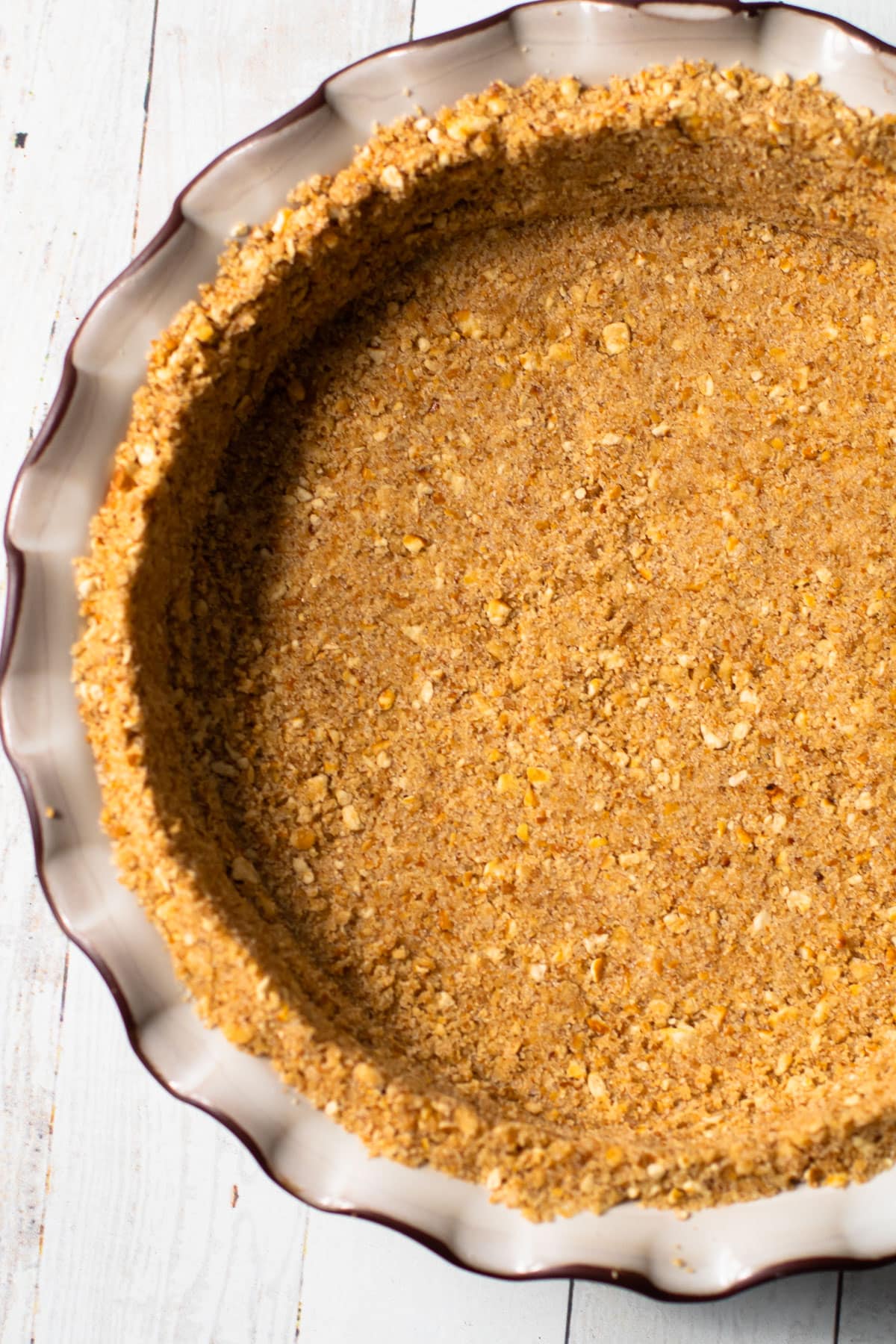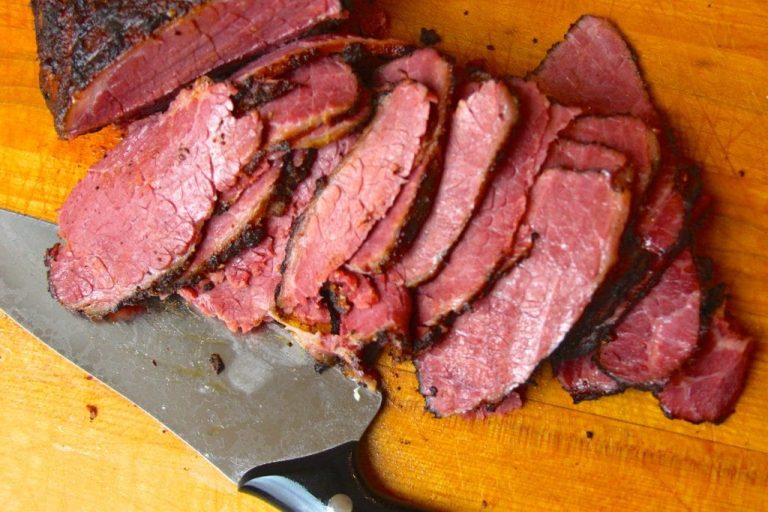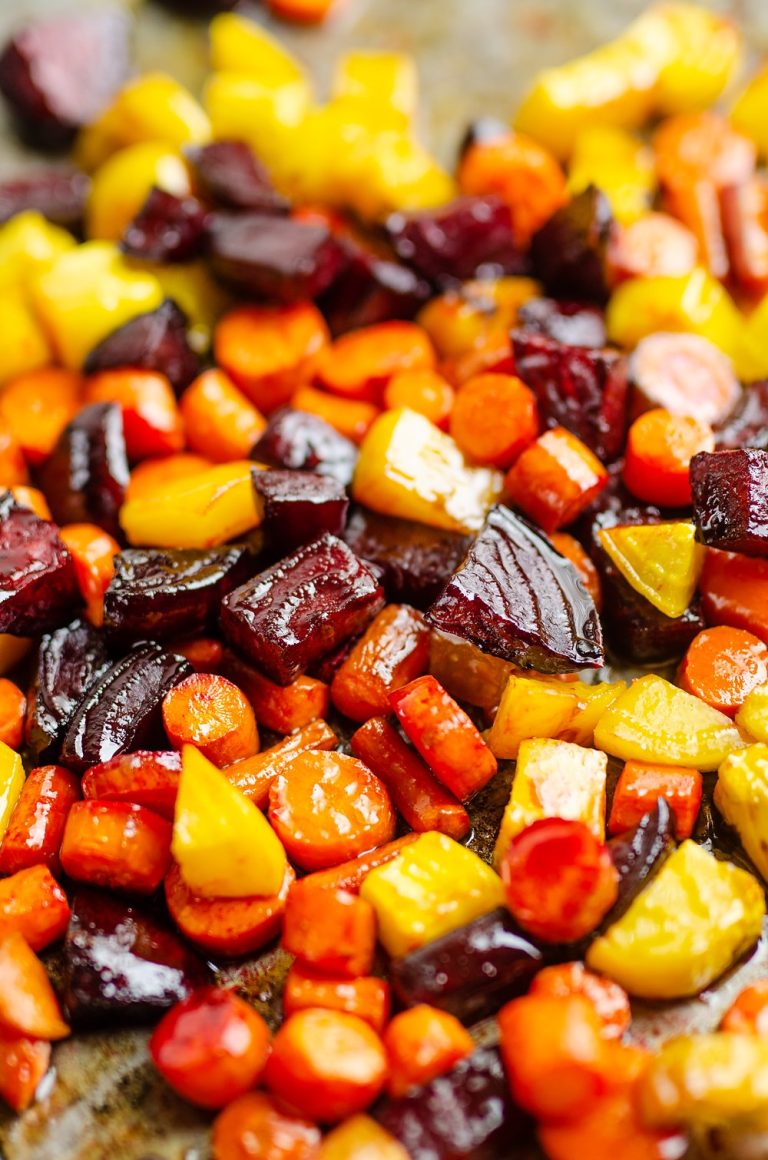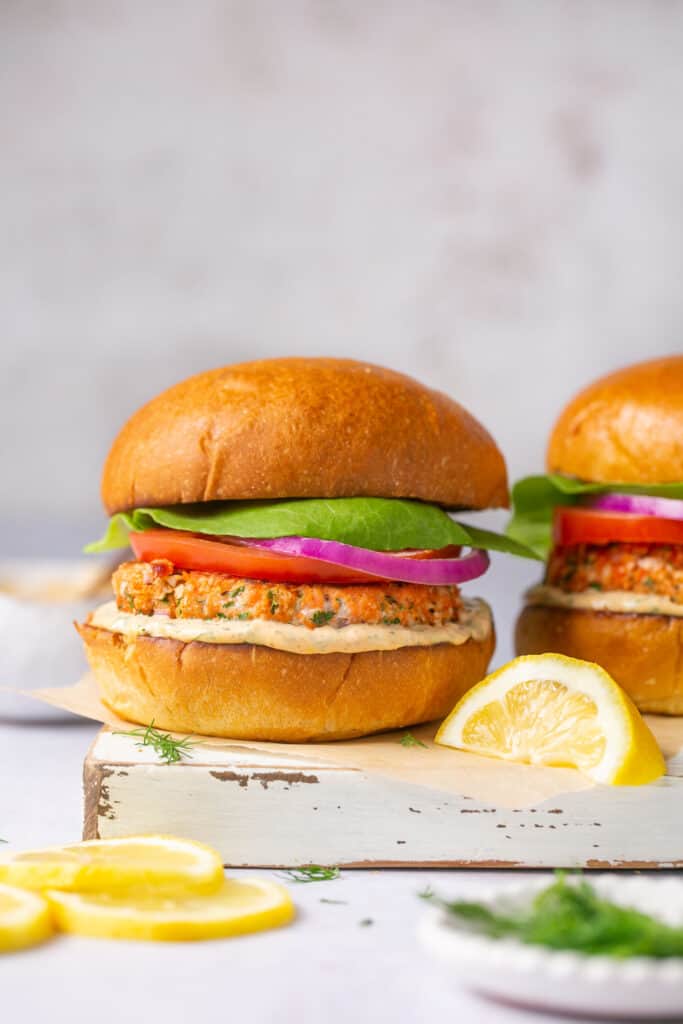Pretzel Crust Recipe
Pretzels origin date back to ancient Europe. Monks in the Early Middle Ages are believed to have created the first pretzels, using simple dough as rewards for children who learned their prayers. These early pretzels featured the distinctive knot shape, symbolizing arms folded in prayer. Over the centuries, the pretzel’s popularity spread across Europe, and its recipe evolved with regional variations.
The American pretzel industry began flourishing in the 19th century when German immigrants brought these baked goods to the United States. By the early 20th century, pretzels were firmly rooted in American culture, particularly in areas with significant German populations like Pennsylvania.
Cultural Significance
Pretzels hold a special place in both European and American cultures. In Germany, pretzels are often associated with celebrations and festivals, including Oktoberfest, where they’re traditionally enjoyed with beer. In the United States, pretzels have become synonymous with snacks, often sold at sporting events, carnivals, and street vendors.
The pretzel crust leverages this cultural familiarity, merging the beloved characteristics of pretzels with the universally popular pizza. This fusion appeals to a wide audience, tapping into the nostalgia of traditional pretzels while offering a new culinary experience. By incorporating pretzel crust, pizza franchises cater to both traditional tastes and modern innovations.
Pretzel Crust in Modern Cuisine
Incorporation in Fast Food
Fast food giants have recently embraced pretzel crust to offer a unique twist on traditional favorites. Pizza chains, for example, have infused pretzel crust into their pizza offerings to attract consumers seeking something different. Pretzel buns are now common in burger joints, providing a soft, salty alternative to standard bread buns. These adaptations leverage pretzel crust’s texture and flavor to stand out in a crowded market and appeal to adventurous eaters. When you see options like pretzel-crusted chicken tenders, it reflects a trend towards incorporating familiar, beloved flavors into fast food innovations.
Gourmet Variations
In the gourmet space, chefs have elevated pretzel crust to create sophisticated dishes. Upscale eateries feature pretzel-crusted fish and pork dishes with unique pairings like mustard or cheese sauces. Creative culinary uses like pretzel-crusted foie gras showcase the versatility and potential of this ingredient. By integrating pretzel crust into fine dining, chefs tap into its rich texture and distinct taste to craft memorable meals. For example, you might find artisan pretzel-crusted salmon with herb butters in top-tier restaurants, reflecting modern cuisine’s trend towards combining comfort with elegance.
Making Pretzel Crust at Home
Key Ingredients
Create a pretzel crust with common ingredients found in most kitchens. You’ll need the following:
- All-purpose flour (3 cups)
- Water (1 cup, warm)
- Baking soda (2 tablespoons)
- Active dry yeast (2 1/4 teaspoons)
- Brown sugar (1 tablespoon)
- Table salt (1 teaspoon)
- Butter (2 tablespoons, melted)
- Coarse sea salt (for topping)
- Activate Yeast: Mix warm water, yeast, and brown sugar in a bowl. Let the mixture sit until it becomes frothy, which takes about 5-10 minutes.
- Combine Ingredients: Add flour, table salt, and melted butter to the yeast mixture. Stir until a dough forms.
- Knead Dough: Transfer the dough to a floured surface and knead it for about 5-7 minutes until it’s smooth and elastic.
- Let Dough Rise: Place the kneaded dough in a greased bowl, cover it with a clean towel, and let it rise in a warm place for 1 hour or until it doubles in size.
- Prepare Baking Soda Solution: Boil 10 cups of water in a large pot. Add baking soda and stir until it dissolves completely.
- Shape the Dough: Punch down the dough to release air and then shape it into a pizza crust or other desired shapes.
- Dip in Baking Soda Solution: Carefully dip the shaped dough into the boiling baking soda solution for about 30 seconds. This step gives the crust its signature pretzel-like texture and flavor.
- Top and Bake: Transfer the dipped dough to a baking sheet lined with parchment paper. Sprinkle with coarse sea salt. Bake in a preheated oven at 450°F (232°C) for 12-15 minutes, or until the crust is golden brown.
- Cool and Enjoy: Let the pretzel crust cool slightly before adding toppings or serving.
Nutritional Profile of Pretzel Crust
Health Benefits
Pretzel crusts offer several health benefits due to their ingredients. They usually contain whole grains, providing essential vitamins and minerals like B vitamins and iron. These nutrients support your metabolism and energy production. Pretzel crusts also have protein, promoting muscle repair and growth, making them a good option for post-workout meals.
Caloric Content Comparison
When comparing pretzel crusts to other types of crusts, such as traditional pizza dough or bread-based coatings, they often have different caloric values. A typical serving of pretzel crust (about 2 ounces) contains approximately 150-180 calories. Conversely, the same serving size of traditional pizza dough may contain around 200-220 calories. This makes pretzel crusts a slightly lower-calorie option for those monitoring their caloric intake. Below is a table comparing the caloric content:
| Crust Type | Calories per 2 oz Serving |
|---|---|
| Pretzel Crust | 150-180 |
| Traditional Pizza Dough | 200-220 |
| Bread-Based Coating | 190-210 |
Incorporate these options based on your dietary preferences and nutritional goals to enjoy a tasty yet conscious meal.
The Future of Pretzel Crust
Innovations and Trends
Advancements in culinary techniques are driving the future of pretzel crust. Chefs are experimenting with various flavors and textures to enhance the traditional pretzel crust. For instance, innovations include infused crusts with herbs, spices, and cheeses. Additionally, gluten-free and whole grain options are becoming more prevalent, catering to wider dietary needs. Fast food chains are also adopting these trends, offering more diverse and customized pretzel crust options. Technology is playing a key role, with specialized ovens ensuring the perfect bake for each variation.
Consumer Preferences
Consumer tastes are shaping the future market for pretzel crust. There’s a growing demand for healthier and varied options. Surveys show that 60% of consumers prefer artisanal ingredients, and pretzel crust is fitting into this trend. Millennials and Gen Z favor unique flavors, pushing brands to innovate. Sustainability is another critical factor; consumers are opting for products with eco-friendly packaging and responsible sourcing. As these preferences evolve, expect to see pretzel crusts that are more health-conscious, flexible, and environmentally friendly.
This section was intended to provide an overview of the future direction of pretzel crust, connecting back naturally from the historical and nutritional contexts explored previously. The goal is to keep you informed about emerging culinary innovations and shifting consumer demands in a dynamic food landscape.
Conclusion
Pretzel crust has come a long way from its humble beginnings with monks in ancient Europe to becoming a versatile and nutritious option in modern cuisine. Its adaptability in both fast food and upscale dishes highlights its universal appeal. With ongoing culinary innovations and a growing focus on health and sustainability, pretzel crust is set to remain a popular choice. Whether you’re a fan of traditional flavors or eager to try new infused varieties, pretzel crust offers something for everyone. Keep an eye out for exciting developments in this delicious and ever-evolving food trend.






